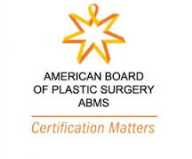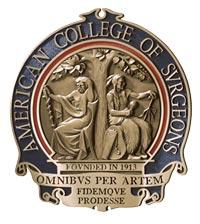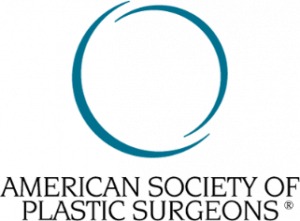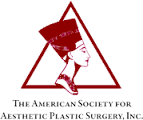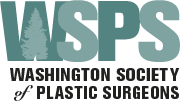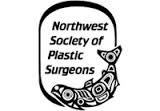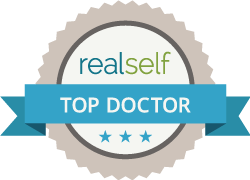Recovery after Gynecomastia Surgery
Some degree of pain following gynecomastia surgery is inevitable; however, pain can usually be minimized. Because pain can be associated with anxiety, nausea and vomiting, initiation of adequate pain control prior to its onset is crucial in minimizing these symptoms as well. For this reason, Dr. Pratt has developed a method of treating his patient’s post-operative pain. By taking commonly used methods of pain control and combining them, Dr. Pratt has come up with a game-changing level of post-operative comfort.
Our PainBuster Therapy
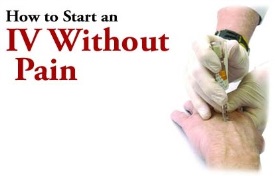 1. For office procedures you will be given a medication orally that will help you relax. when you arrive at our center
1. For office procedures you will be given a medication orally that will help you relax. when you arrive at our center
2. A local anesthetic will be used to numb the skin before your IV is put in.
3. You will be administered intravenous relaxing medication prior to going back to the operating room.
4. During surgery, you will receive Ketorolac, a potent non-narcotic medication with the PainBusting strength of 10 mg of Morphine
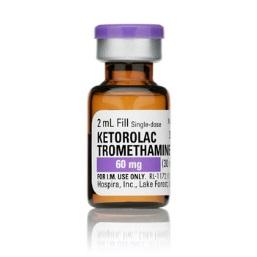
5. A long acting local anesthetic be injected into the surgical site prior to your awakening.
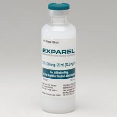
6. During your preoperative visit, you will receive a prescription for several types of oral analgesic medications (pain reliever)
Preventing Nausea and Vomiting
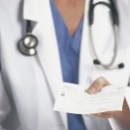
Unfortunately, postoperative nausea and vomiting (PONV) is quite common following surgery in most hospital and surgery centers, where up to thirty per cent of patients will become sick following surgery. However, with proper preventive measures, PONV can be avoided in many cases, even in patients who have experienced problems with prior surgeries.
Because of the inherently high risk of PONV, Dr. Pratt applies highly effective preventive measures to help combat this common problem. In fact, the PONV rate at Seattle Gynecomastia Center is now below ten percent overall. Proactive measures are applied in all patients, regardless of the type of surgery they are undergoing or their previous history of problems with anesthesia.
Our Protocol for Nausea Prevention and Treatment is as follows:
- A scopolamine patch is applied to the skin at least a few hours prior to the beginning of the procedure.
- Powerful anti-nausea intravenous medications are routinely given early during the procedure, including Ondansetron and Dexamethasone.
- Adequate amounts of Intravenous fluids help prevent dehydration, which is a major cause of nausea.
- Our staff avoids administering nauseating medications in the recovery room, such as morphine and Demerol.
- Intravenous medications are given as needed for breakthrough nausea, before vomiting occurs in recovery.
- Oral anti-nausea medications are given to the patient to take home.
- Local anesthesia is added to each bag of ‘tumescent fluid’ injected prior to liposuction.
During your Preoperative visit, you will be given prescriptions for several antiemetic medications and will be instructed to take all of your antibiotics and narcotic pain medications with at least a small amount of food. It is our hope that as few as many patients as possible will enjoy a nausea-free recovery from their gynecomastia surgery.

